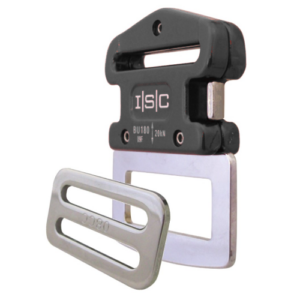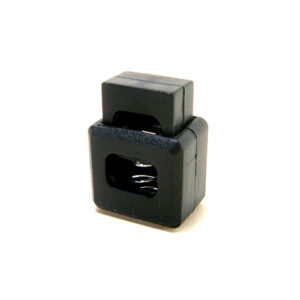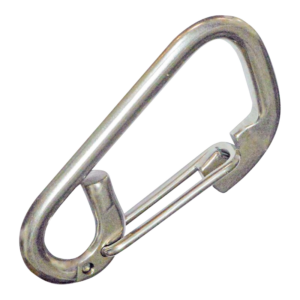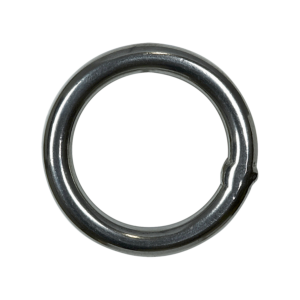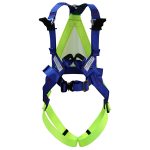
Roof Work Height Safety Tips
Roof work is different from other height safety situations, mainly because the work situation is usually sloping. This adds an element of deception – roofs are more dangerous than they look. Also, it can be very difficult to find suitable anchor points on a sloping roof, unless these have been installed specifically for fall protection.
The ideal set-up for a fall protection system on a typical double-pitch roof uses a horizontal life-line strung along the ridge line, with a rope and rope grab connected to the line and running down the roof. This gives complete freedom of movement across the whole roof. Unfortunately, horizontal life-lines often cannot be used, because they require very strong anchorages (about 40 kN), and many roof structures are not strong enough to have such anchorages installed.
Because of this it is common practice to run ropes from the ground and across the roof, however this leads to the risk of a swing fall (see section 14). This is avoided by rigging anchors at two different points, for example with a rope anchored on both sides of the building.
As this is a work-positioning system, a work-positioning harness can be used, unless there is fragile roofing material, in which case a fall-arrest harness must be used.














